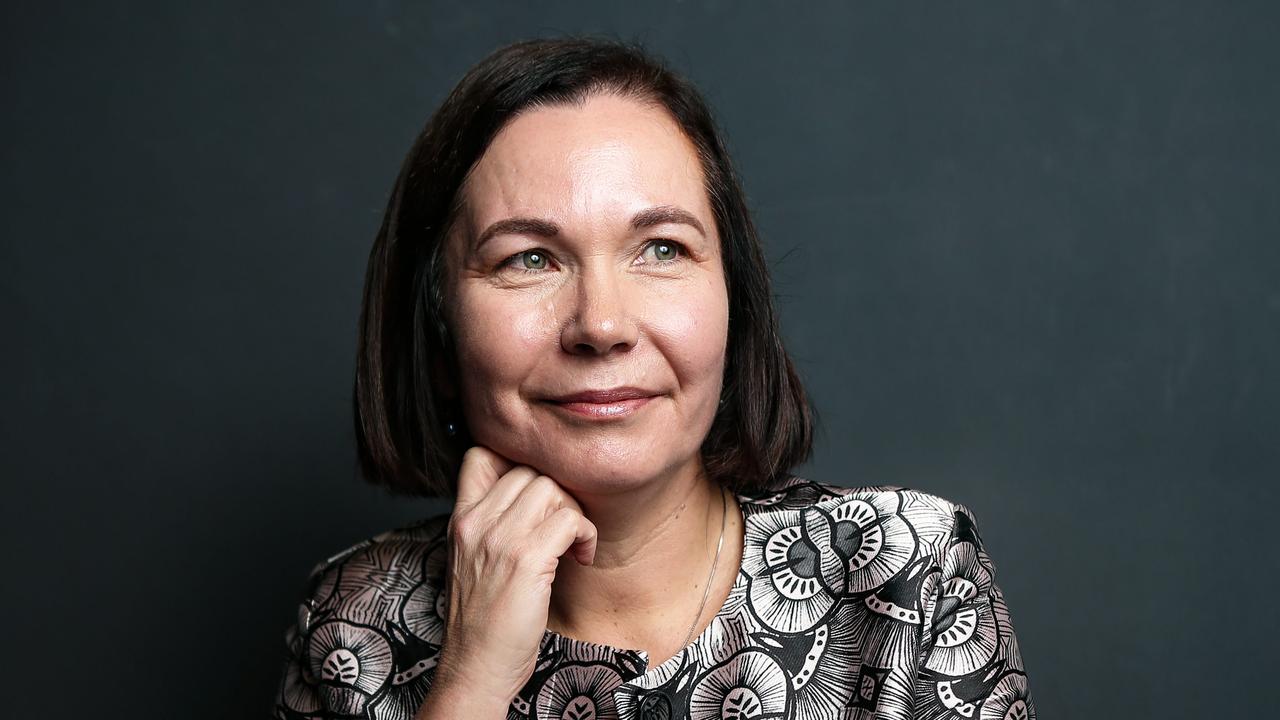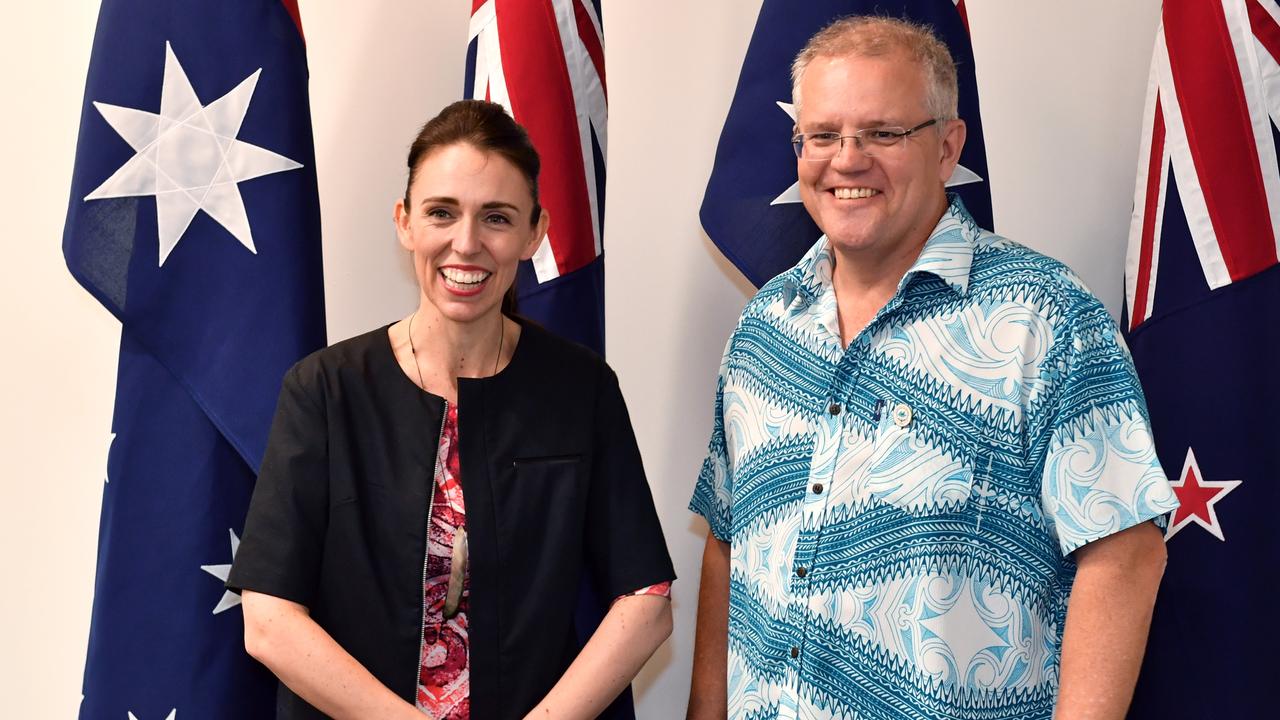
When you have a dysfunctional political culture, historic reform opportunities can slip through your fingers. This is the inescapable conclusion as we learn today that the landmark proposal to recognise indigenous Australians in the constitution by giving them a voice in their own affairs has been rejected by federal cabinet.
After years of committee processes, intellectual debate and meaningful consultation culminating in an unexpected consensus among indigenous groups at an Uluru summit in May, indigenous leaders were informed of the heartbreaking outcome through a leaked story in a newspaper today. Historic reform met a mundane political end.
The so-called indigenous voice option was a neat model created by constitutional conservatives in concert with indigenous activists. The idea at its heart was to protect the constitution from additional clauses that could be over-interpreted by judicial activists, and save the symbolism and poetic declarations about indigenous recognition for a statement outside the constitution.
In return, indigenous Australians would see the constitution mandate an indigenous advisory body. Instead of the informal appointed body we have now, the parliament would have to legislate for a body that would be elected to offer non-binding advice to the parliament on issues and legislation relating to indigenous affairs.
It is hardly a radical idea — it is driven by conservative instincts — but it has been characterised by opponents as a “third chamber” that would somehow confer additional rights to indigenous Australians over the rest of us. Yet in the modern era it is unthinkable that our federal government, which holds the power to legislate over indigenous affairs, would ever not have some sort of indigenous advisory body.
Indigenous leaders were happy to leave the exact shape of the body in the hands of the parliament. They had compromised on their aims and offered a workable way forward that, quite aside from symbolism, offered the chance for pragmatic progress.
That the model won over so many people in this debate (it was driven initially by Noel Pearson, then won over Tony Abbott’s top indigenous adviser Warren Mundine and was embraced by Professor Megan Davis and a range of other indigenous and non-indigenous lawyers and experts), was presented to government as the preferred model and, according to reports, was taken to Cabinet as the proposal from the indigenous Affairs Minister, Nigel Scullion, and the Attorney-General, George Brandis, speaks volumes about the power of the idea.
That it fell over at the final hurdle tells us plenty about the current political climate. Prime Minister Malcolm Turnbull faces a sceptical public and a divided party. He does not have political capital to invest and his predecessor, Abbott, was lining up against what he dubbed a divisive model.
Still, Turnbull had three strong advantages: an imperfect but broad Aboriginal consensus; bipartisan support offered by Bill Shorten; and a compellingly sensible idea. My understanding is that the Prime Minister had his own misgivings about the model. But if he returns to more substantive change within the constitution, the idea will fail altogether.
He has rejected a model that deliberately seeks to make a positive change in indigenous affairs while protecting the integrity of the constitution. Now he will be left with an old idea to make symbolic changes to the constitution that is bound to fail because of fears about unintended consequences. And because it has already been rejected by the indigenous groups entrusted to come up with a preferred model.
Here was a chance to seize an issue that might elevate our national debate above the daily ugliness of partisan politics. Instead, lofty ambitions have been dragged down into the muck. Many won’t care. But for many others, disappointment will abound.




To join the conversation, please log in. Don't have an account? Register
Join the conversation, you are commenting as Logout